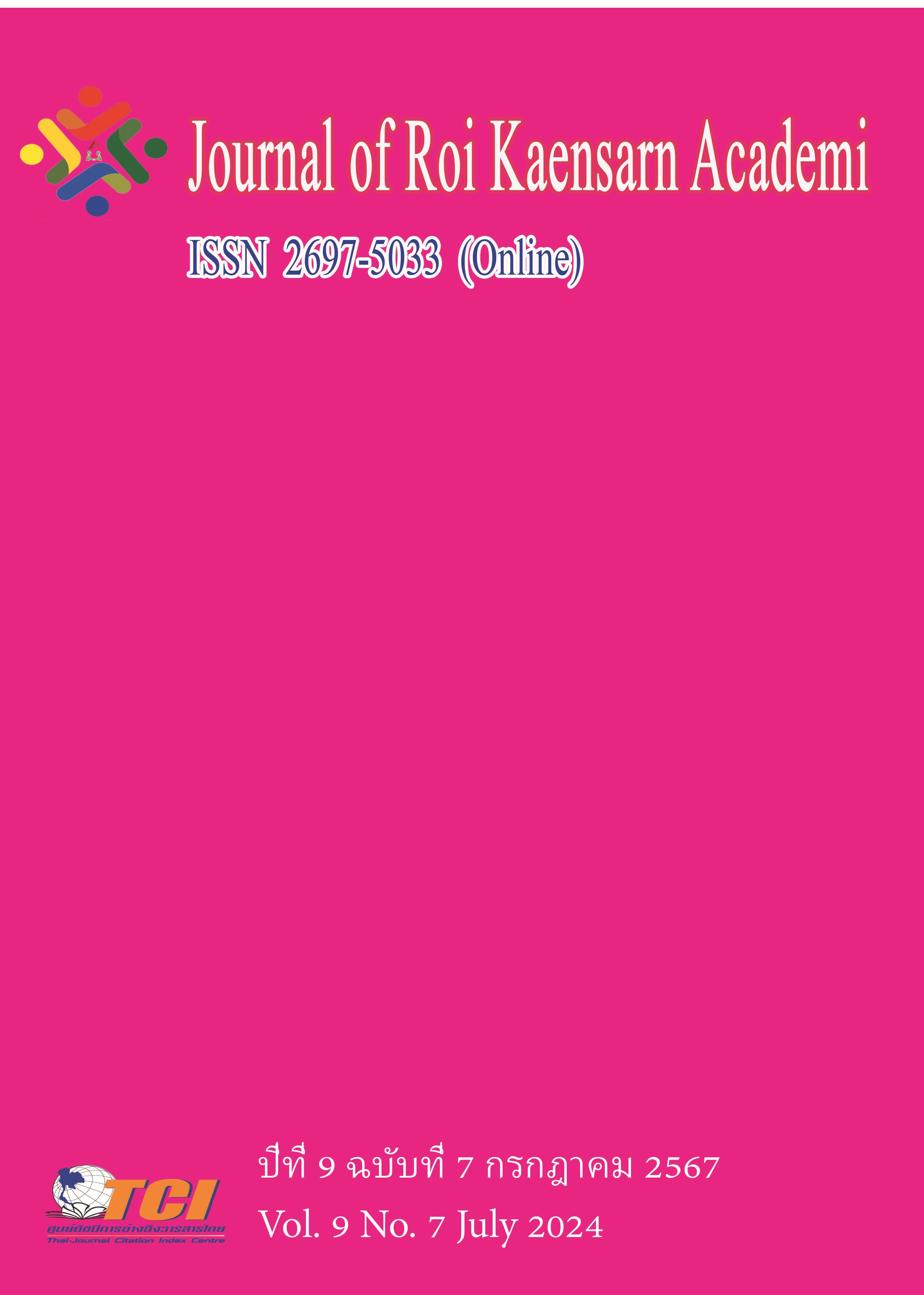The Traditional to Digital: Evolution and Trends in the Accessibility of Art Education
Main Article Content
บทคัดย่อ
The purpose of the office study is the issue of the evolution and trend of accessibility of traditional art education to digital art education . The samples were experts from 21 schools in Anhui Province, China. They consisted of experts in the field of art education. The research tools chosen for data collection were questionnaires and interview forms. Statistical data for data analysis were represented by quartile values and median values.The results of the study are as follows:
(1) The influencing factors of the application and impact of digital technology in art teaching are 3 aspects, i.e. geographical limitation, lack of resources, and economic threshold. (2) The influencing factors of the change of art education mode under digital transformation are 4 aspects The rise and development of online art education platforms, the application of VR and AR technology in art education. The role of digital resources and social media in art education, the development of personalisation and differentiation in art education. (3) Challenges and coping strategies of digital transformationThe influencing factors of the problem of digital transformation are 4 aspects Balance between the use of technology and educational effects, inequality of educational resources brought about by digital technology, the role of teachers and students in the digital environment and their adaptations, and the issue of privacy and copyright in digital art education. Concerns.
Article Details
เอกสารอ้างอิง
Chen, L. B. (2021). Application of virtual technology in the protection of Huizhou carving art. Journal of Anhui University of Technology (Social Science Edition).
Deng, L. (2018). Teaching design of economic investigation professional courses based on the concept of smart classroom. Journal of China People's Public Security University (Natural Science Edition).
Feng, J. (2012). Feasibility study of digitization of art teaching resources in higher education. Qun Wen Tian Di.
He, X. P. (2022). Innovative thinking on art education teaching methods in the digital age—Review of "Art Education in the Era of Big Data". Chinese High-Tech Enterprises.
Huang, X. C., & Huang, X. Q. (2017). Analysis of digitalization of art education in the new period. Educational Modernization.
Hu, Y. F. (2018). Reflections on digital art teaching in secondary schools. Chinese Extracurricular Education.
Li, A. J. (2021). On the cultivation of practical ability of students in higher vocational art teaching. Journal of Jiangxi Electric Power Vocational and Technical College.
Ma, L. Y. (2016). Research and practice on the improvement of "Color Composition" curriculum teaching method. Western Quality Education.
Tang, S. Y. (2020). Analysis of the current situation and development strategy of "Internet+" art education (Master's thesis). Hainan University.
Wang, T. J. (2017). Application and prospect of virtual and augmented reality (VR/AR) technology in teaching. Digital Education.
Xia, Y. (2018). Analysis of characteristics of college students' learning from a self-directed learning perspective. Management Observer.
Yu, Y. (2011). Exploration of traditional Chinese art education types (Master's thesis). Guangzhou University.
Zhang, Q. (2021). Research and practice on ATDE teaching activities design in early childhood art in AR environment (Master's thesis). Northwest Normal University.
Zhao, S. Y. (2015). On the application of traditional Chinese painting teaching in elementary school art education. Cai Zhi.

